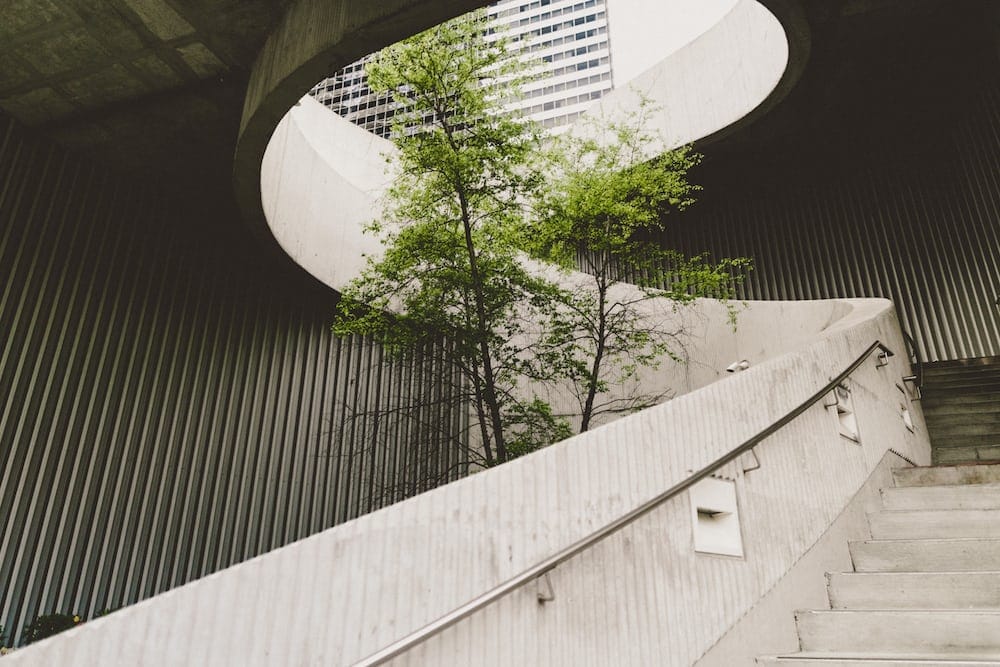

In an era defined by climate change awareness and environmental consciousness, the real estate sector
is undergoing a significant transformation. Sustainability is no longer an optional feature but a driving
force behind modern construction and development. In this blog, we’ll explore the pivotal role
sustainability plays in shaping the future of real estate. We’ll delve into the world of LEED-certified
buildings, eco-friendly designs, and the long-term benefits of embracing sustainable practices.
The Changing Landscape of Real Estate:
Gone are the days when real estate was solely about location, location, location. Today, it’s also about
sustainability, sustainability, sustainability. The real estate industry is increasingly recognizing the need
to adapt to a changing world, and sustainability has emerged as a core component of this evolution.
LEED-Certified Buildings:
LEED, which stands for Leadership in Energy and Environmental Design, is a globally recognized rating
system for green buildings. LEED certification is a testament to a building’s commitment to
sustainability. These structures are designed and constructed with a focus on reducing energy
consumption, conserving water, minimizing waste, and creating healthy indoor environments.
The benefits of LEED-certified buildings are manifold. They consume less energy, which not only reduces
utility costs but also lowers greenhouse gas emissions. Additionally, they offer occupants better indoor
air quality, enhancing their well-being and productivity. Investors and tenants are increasingly valuing
LEED-certified properties, which can lead to higher rental yields and property values.
Eco-Friendly Designs:
Sustainable architecture and design have become synonymous with innovation. Architects and
developers are embracing eco-friendly designs that harness renewable energy sources, optimize natural
lighting, and incorporate green spaces into urban landscapes. These designs not only reduce a building’s
environmental footprint but also enhance the quality of life for those who live or work within them.
Green roofs, for example, are a growing trend in modern real estate. They reduce the urban heat island
effect, improve insulation, and provide green space in densely populated areas. Similarly, passive solar
design and energy-efficient materials are becoming standard features in sustainable construction.
The Long-Term Benefits:
While there is an initial investment associated with sustainable construction and design, the long-term
benefits are substantial. Sustainable buildings have a lower total cost of ownership due to reduced
operating costs. Energy-efficient systems and appliances, coupled with water-saving technologies, lead
to significant savings over time.
Furthermore, sustainable real estate is future-proof. As regulations become more stringent and
consumers become more eco-conscious, sustainable properties are likely to maintain their value and
desirability. They are also better equipped to withstand the challenges posed by climate change, such as
extreme weather events and resource scarcity.
Conclusion:
Sustainability is not just a buzzword in modern real estate; it’s a guiding principle that shapes the way
we build and live. LEED-certified buildings and eco-friendly designs are leading the charge toward a
more sustainable future. The long-term benefits of sustainable real estate, including cost savings and
resilience, make it a wise investment for developers, investors, and the planet as a whole. As we
continue to prioritize sustainability, we’re not just building for today; we’re building for a better
tomorrow.
